Tingling, heaviness, or aching that worsens the longer you walk or stand often points to spinal stenosis—a narrowing of the spinal canal that pinches nearby nerves. At The PT Zone, we relieve that pressure, restore mobility, and build core strength so you can move through your day without leg or arm pain.
- Reduce leg, buttock, or arm pain from nerve compression
- Increase walking endurance and standing tolerance
- Improve spinal and hip mobility for smoother daily movement
- Strengthen core and posture to unload narrowed canals
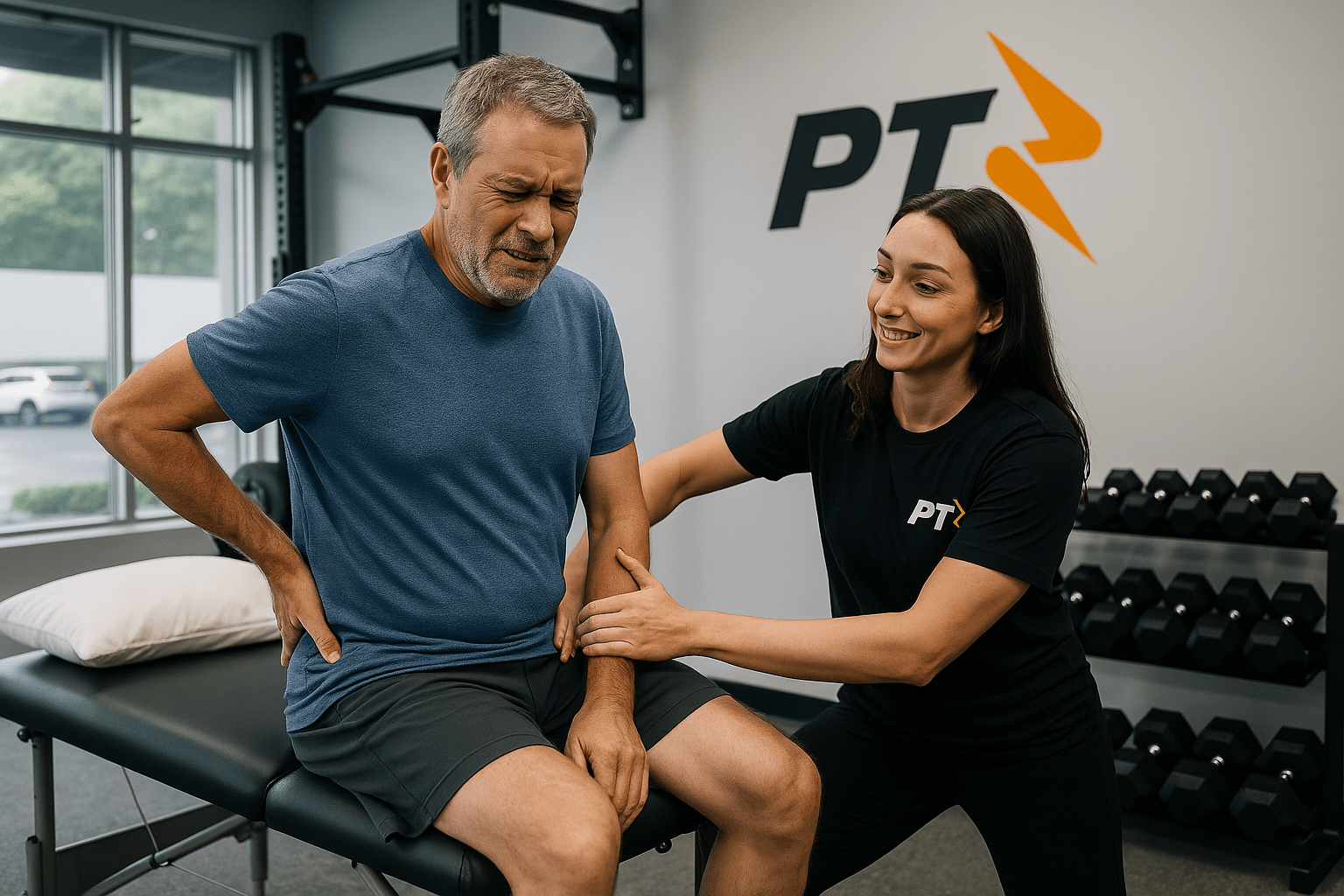
Relieve Nerve Pressure—
Walk Farther, Stand Longer
What’s happening? In lumbar or cervical spinal stenosis, bone spurs, thickened ligaments, or disc bulges crowd the canal that houses your spinal cord and nerve roots. The squeeze intensifies when you stand tall or extend the spine, explaining why grocery‑cart leaning eases leg pain while upright walking sparks it. Symptoms can range from a dull ache to sharp, electric heaviness that forces frequent rest stops. At The PT Zone, we start with a thorough posture and neuro screen—testing directional preference, hip mobility, core endurance, and walking mechanics—to pinpoint the angles and activities that either compress or decompress your nerves.
Early relief: Many clients find immediate comfort in gentle flexion‑biased movements: seated lumbar flexion rocks, knee‑to‑chest stretches, or cervical retractions with a slight nod. We combine these with manual joint mobilizations that open the facet joints and pliable soft‑tissue release to tight hip flexors or pectorals that keep the spine arched. Decompression‑table sessions or traction belts provide short bouts of space for irritated roots to calm, and most people notice longer pain‑free walk times within the first week.
Building durability: Once pain eases, we strengthen the system that supports those opened canals. Core and glute circuits—bird dogs, side planks, hip hinges—promote neutral alignment without excessive arching. Hip and thoracic mobility flows ensure the lumbar and cervical regions aren’t forced to extend under load. We then layer conditioning: incline‑treadmill or recumbent‑bike intervals build cardiovascular capacity while respecting nerve tolerance, and weighted farmer carries train posture and endurance for daily chores.
Your take‑home toolkit: You’ll master a “relief break” micro‑routine, ergonomic tweaks for desk and car seats, and a graduated walking or cycling plan that steadily lengthens pain‑free distance. By graduation, most clients reclaim grocery trips, yardwork, and travel days without constant sitting breaks—and they know how to keep stenosis in check for the long haul.
Our Therapies for Spinal Stenosis (Lumbar & Cervical):
Flexion‑biased decompression, targeted traction, core‑glute strengthening, posture coaching, and graded endurance training—everything you need to out‑walk spinal stenosis pain.
-
Balance Training
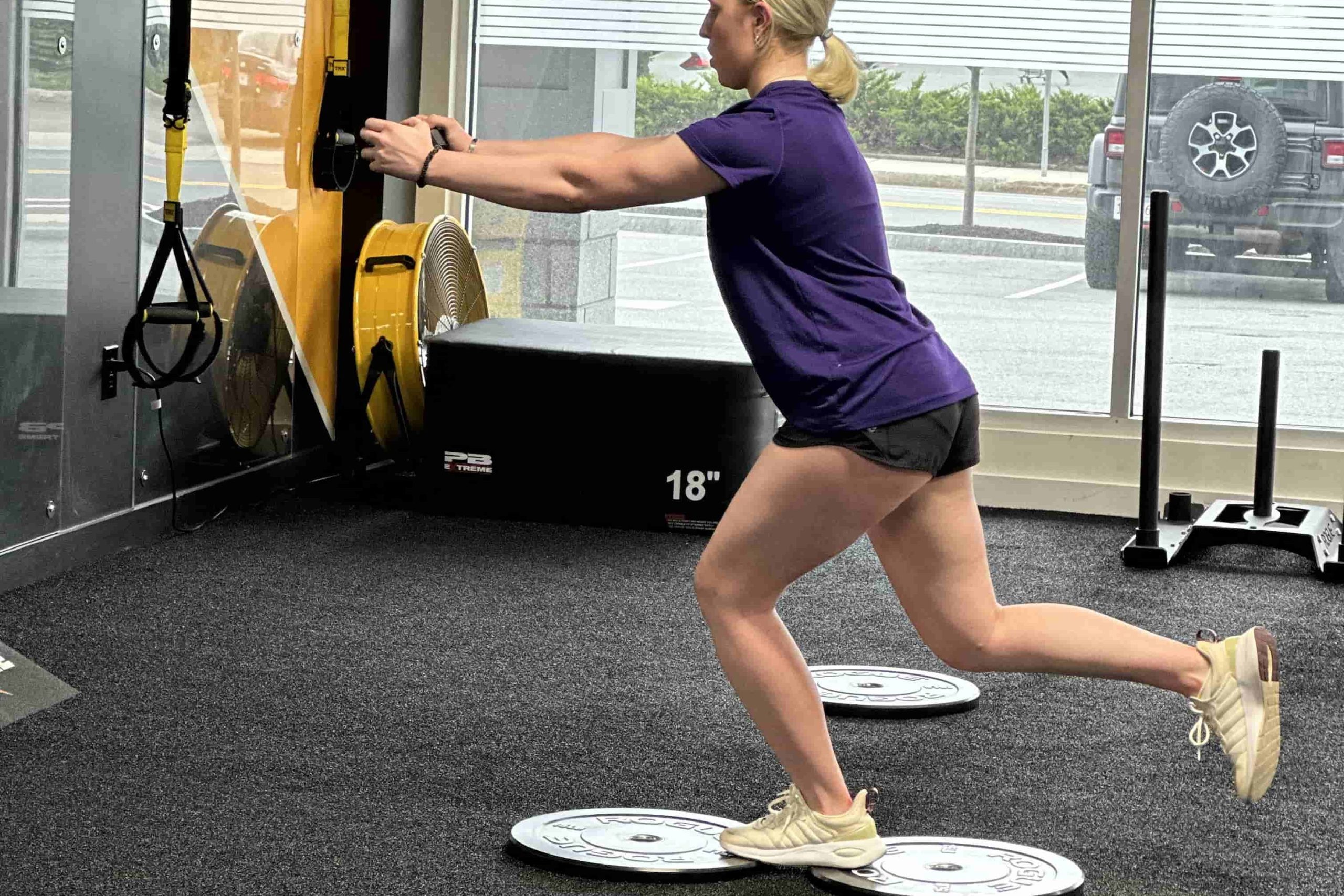
Balance Training is a specialized approach that strengthens stabilizing muscles, enhances coordination, and reduces fall risks, ultimately improving posture and promoting confident movement.
-
Certified Manual Therapy
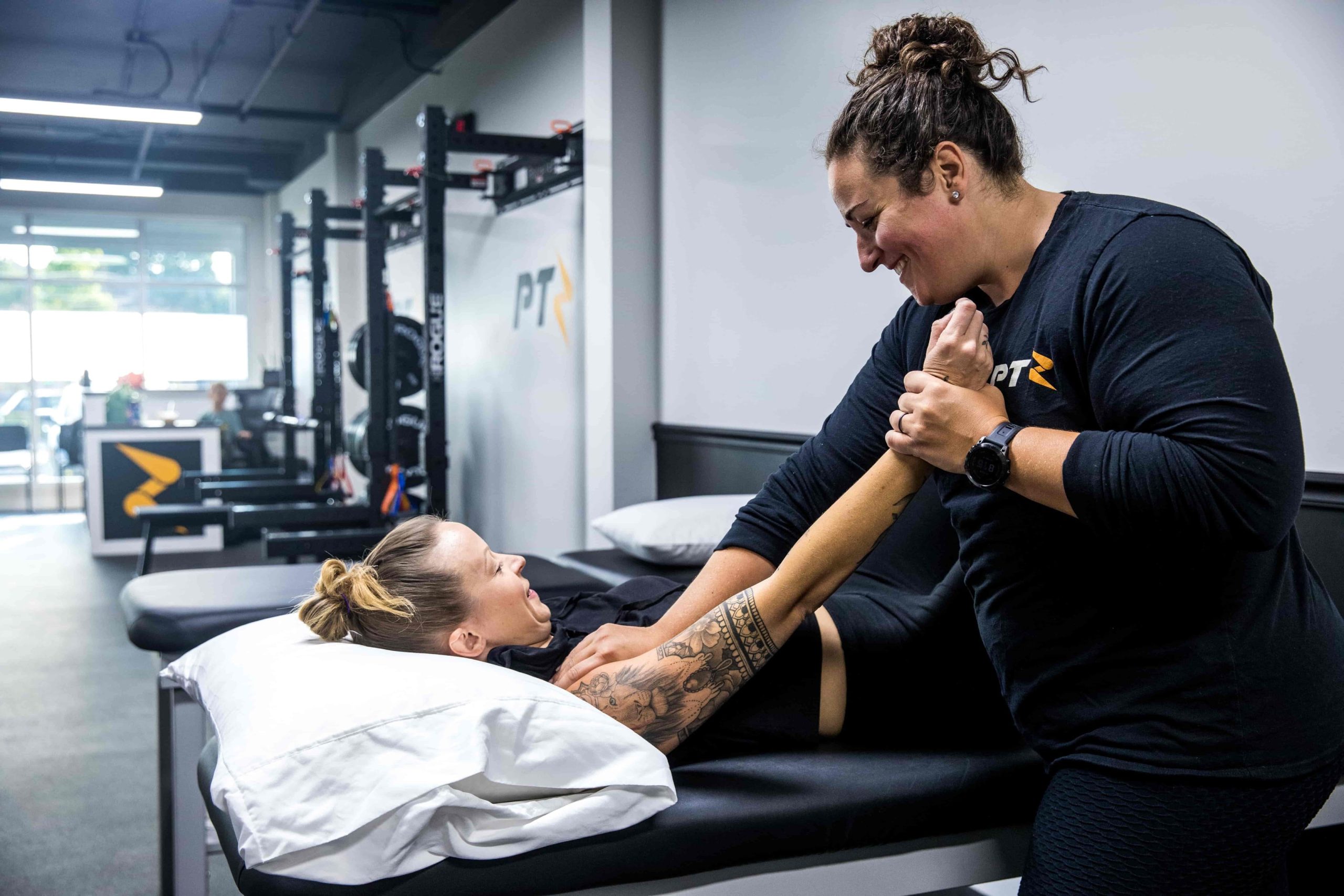
Certified Manual Therapy is a hands-on approach that addresses joint, muscle, and connective tissue dysfunction, reducing pain, improving alignment, and promoting faster, more efficient recovery.
-
Cupping
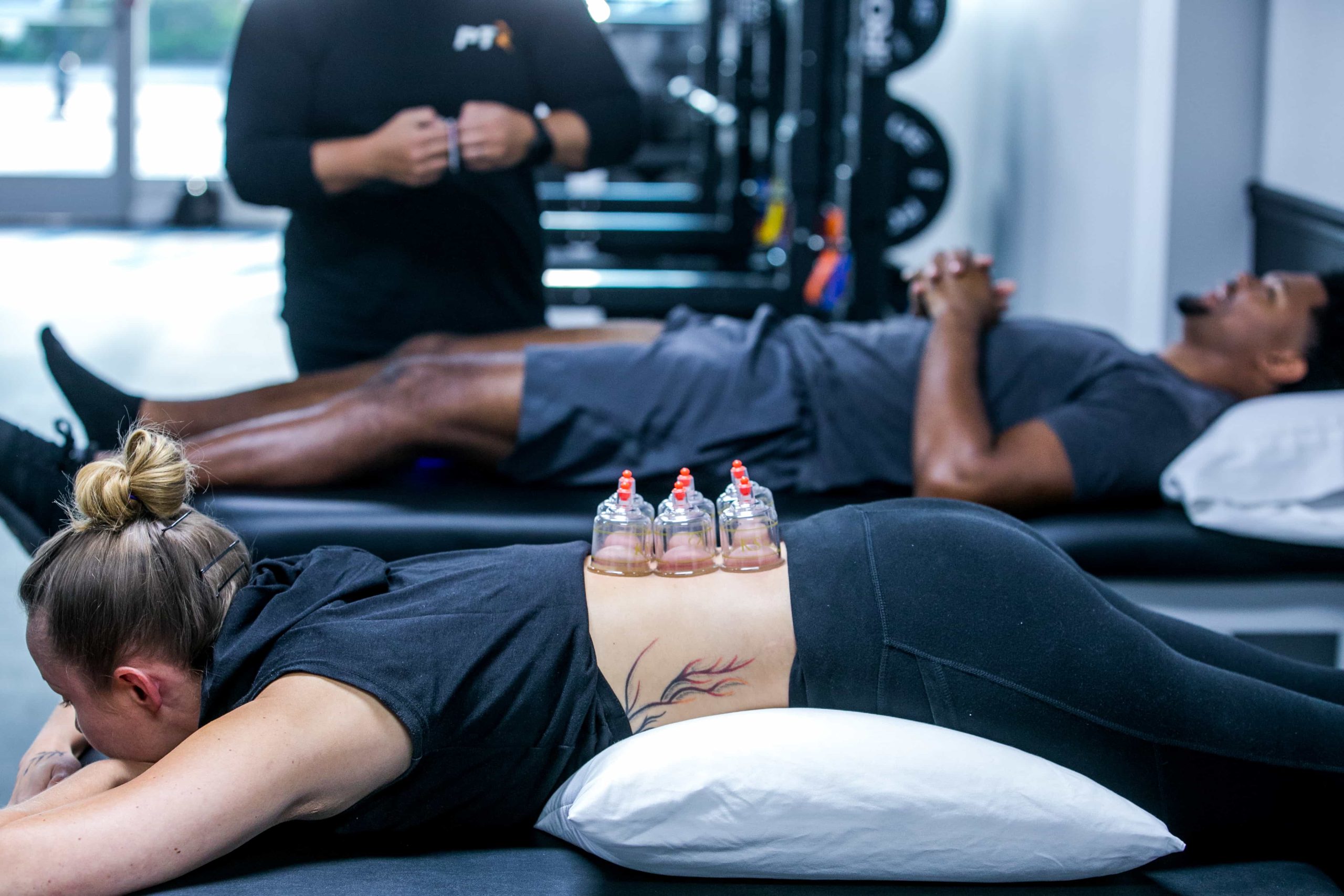
Cupping therapy is an ancient healing technique that uses suction to enhance circulation, relieve muscle tension, and promote the body’s natural recovery process.
-
Dry Needling
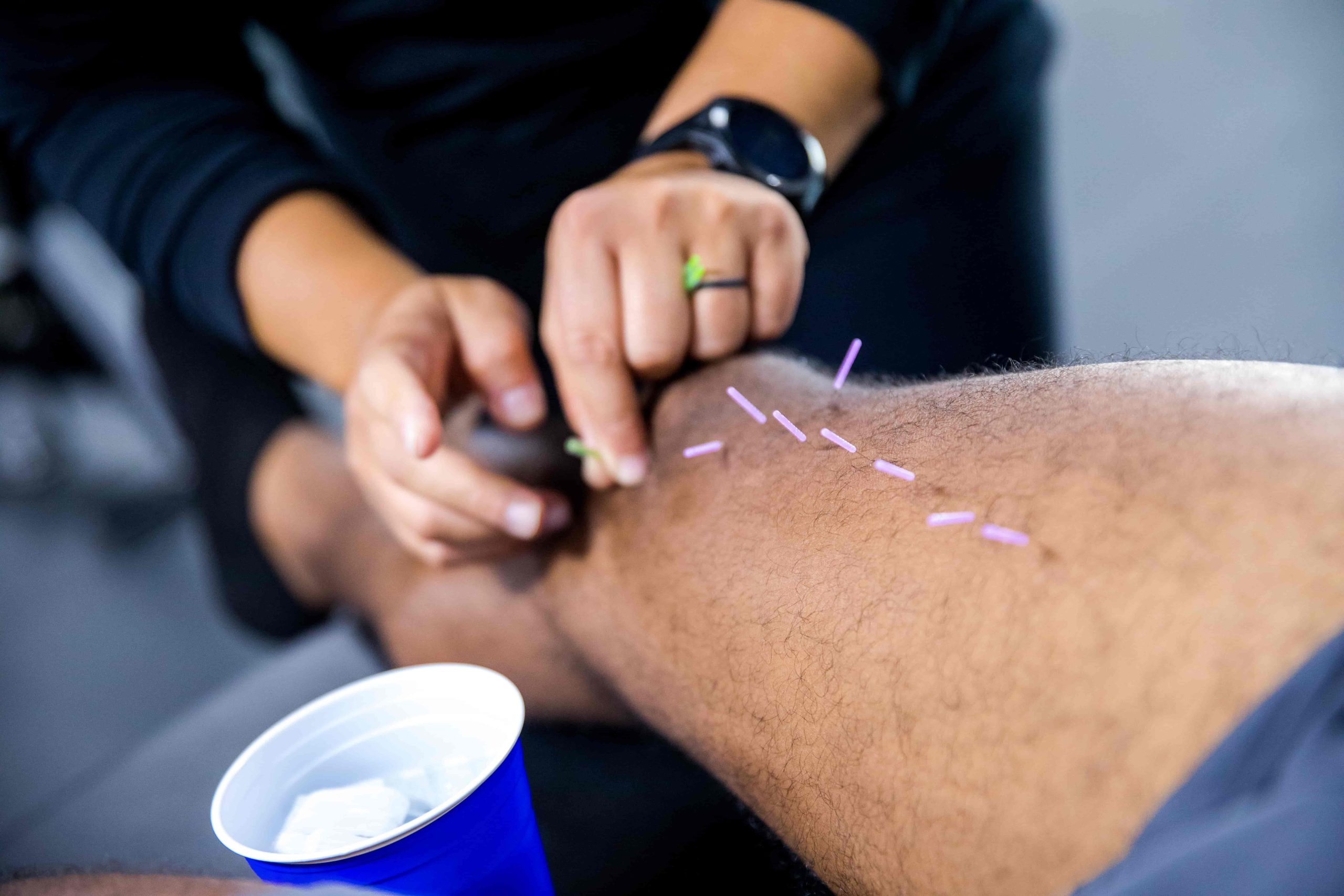
Dry needling is a modern therapy that targets muscle trigger points with thin needles to relieve pain, reduce tension, and restore mobility.
-
Gait Training
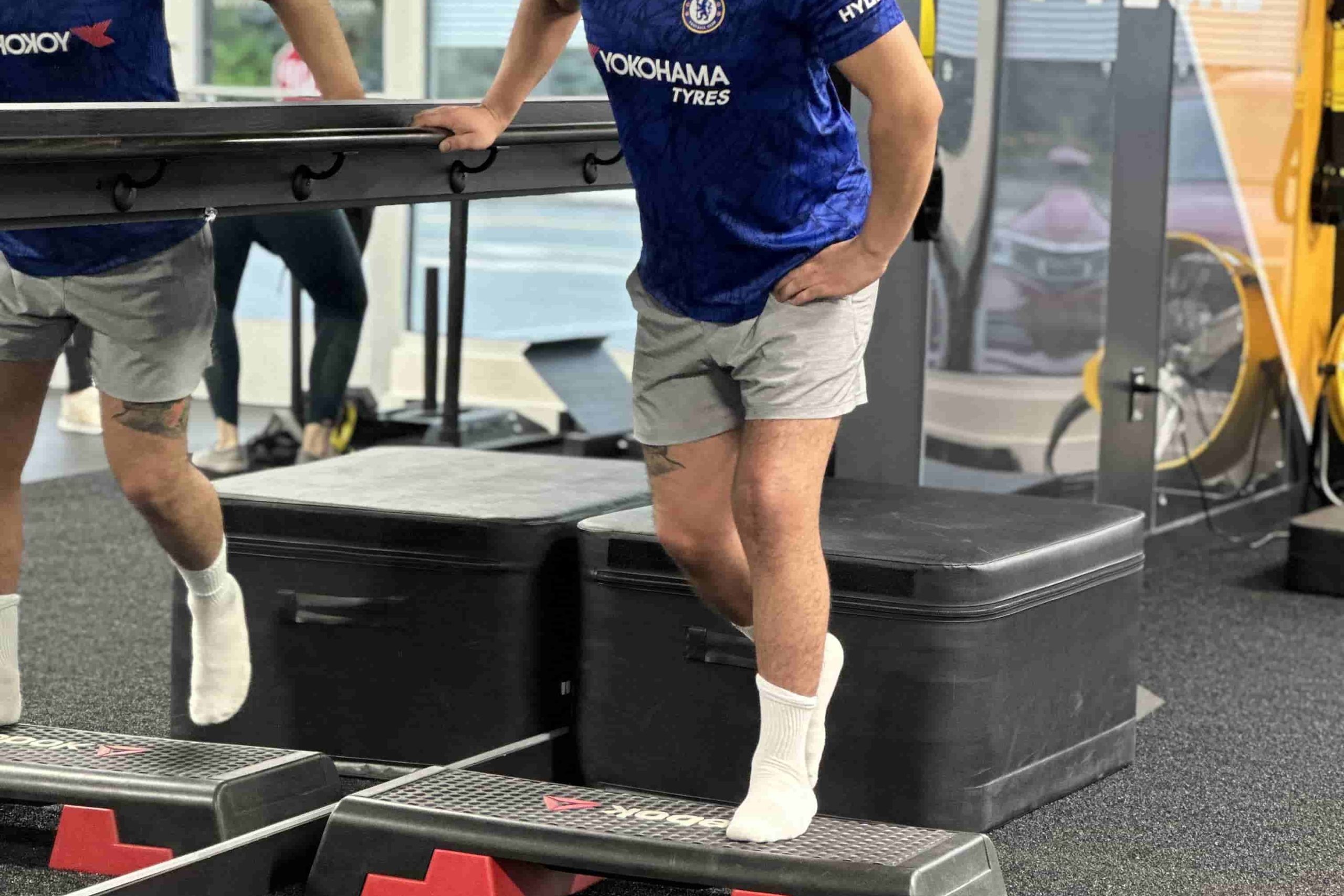
Gait Training is a specialized approach that enhances walking mechanics, improves lower-limb strength, and reduces re-injury risks, ultimately promoting more efficient movement.
-
Graston Technique
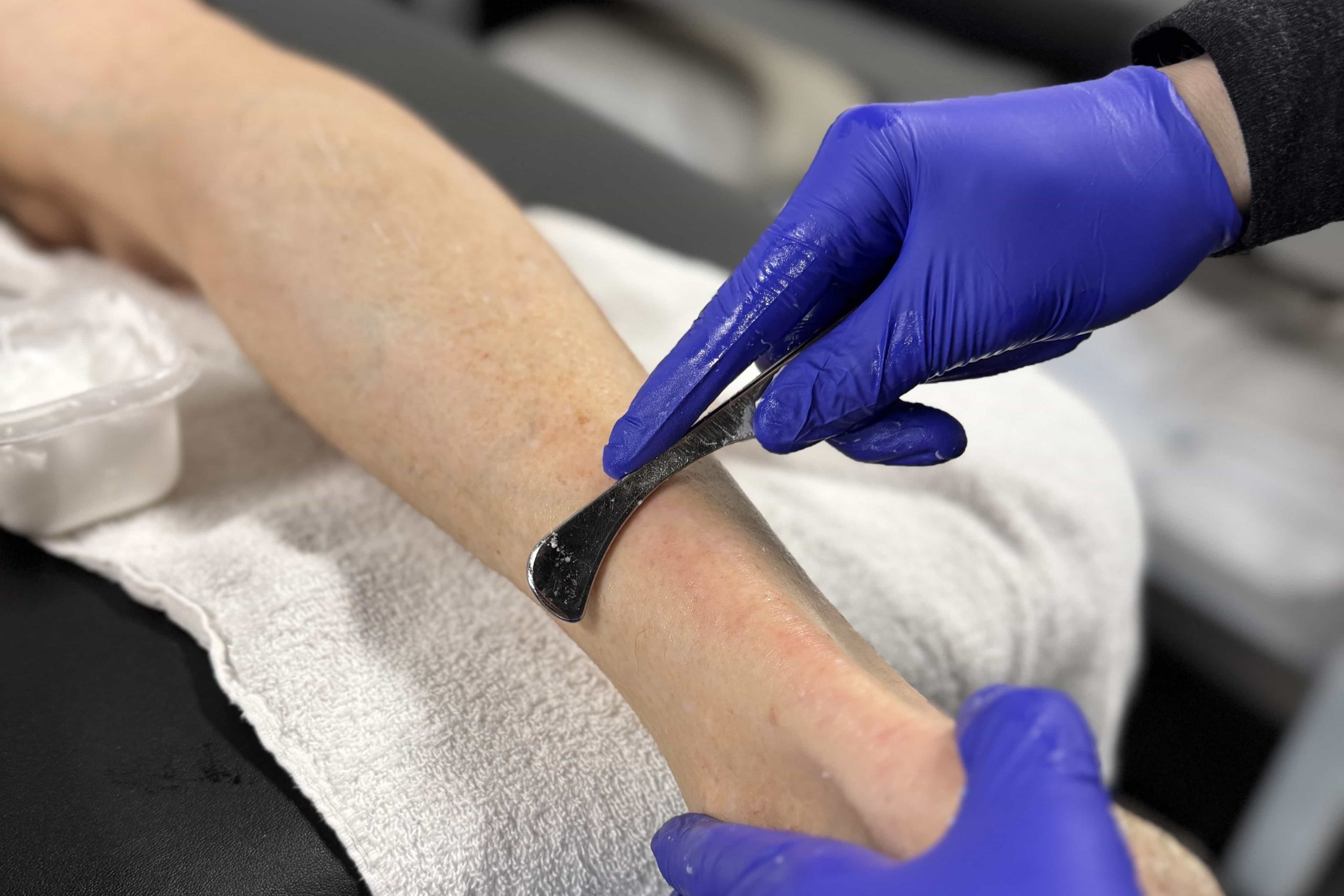
Graston Technique is a specialized manual therapy that uses stainless steel instruments to break down scar tissue, improve mobility, and accelerate healing.
-
Kinesiotaping
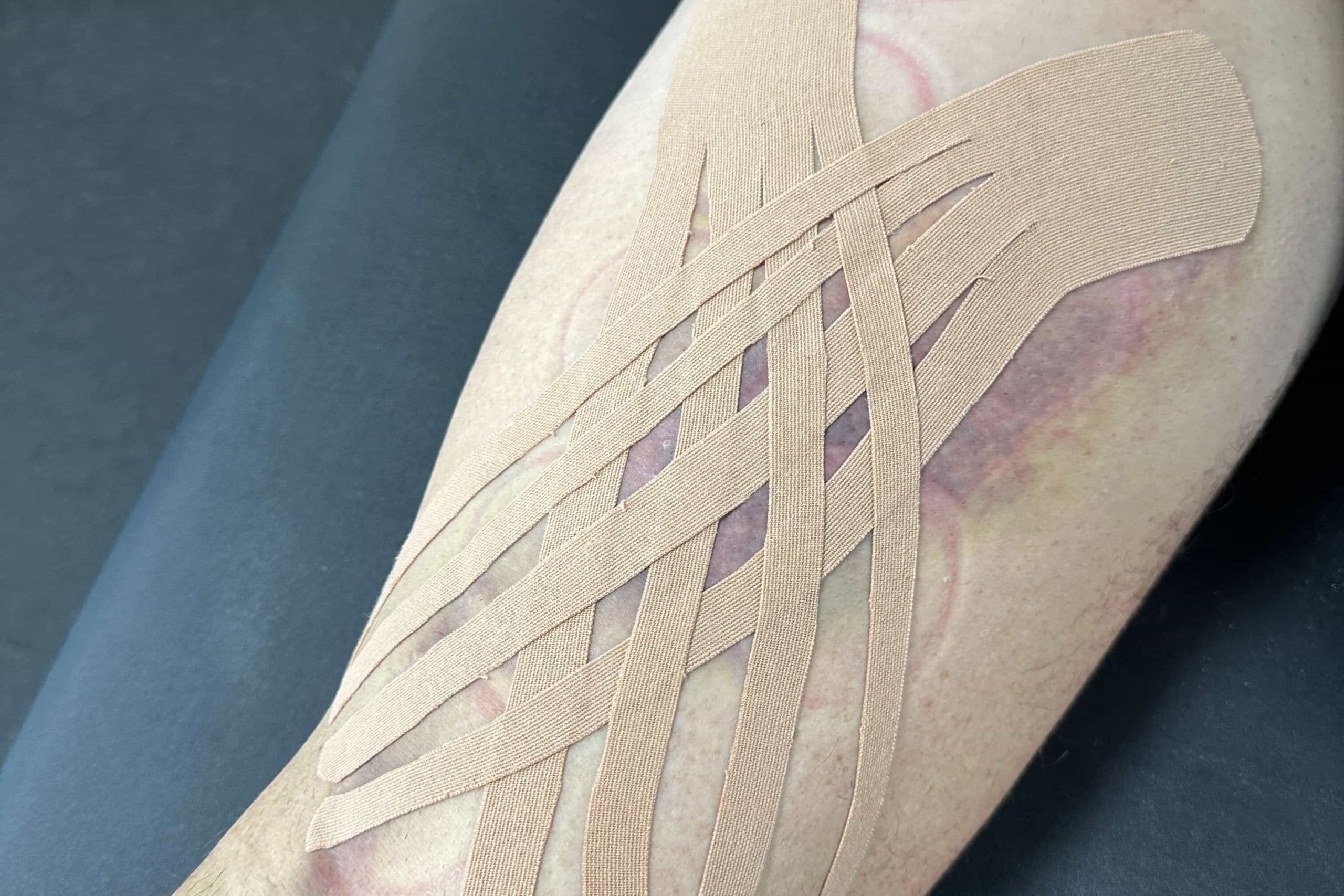
Kinesiotaping is a flexible taping method that provides gentle support, improves circulation, and helps maintain natural movement for a more comfortable and effective recovery.
-
Manual Traction
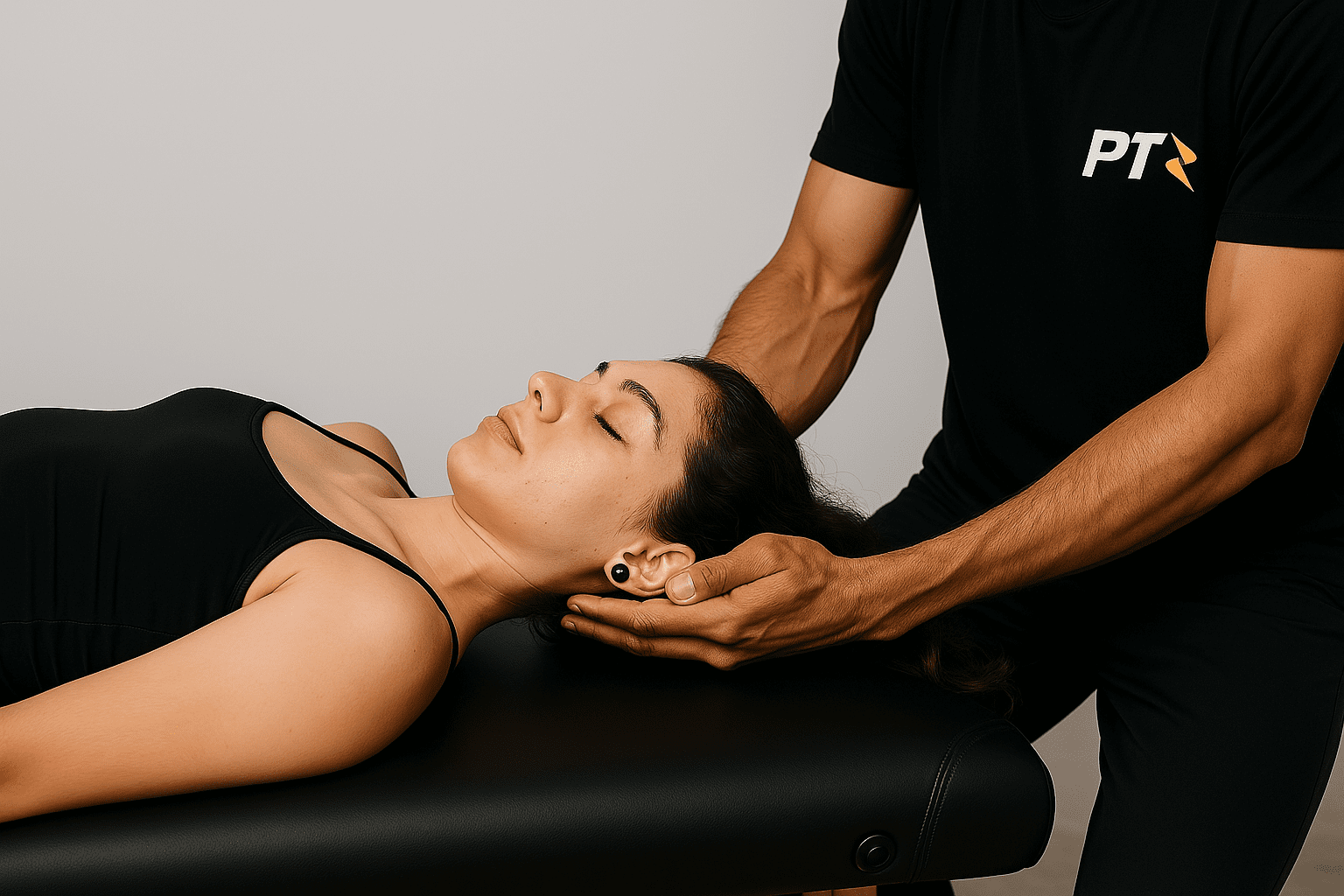
Manual Traction is a gentle, hands-on method used to decompress the spine, relieve pressure on discs and nerves, and improve overall comfort and mobility.
-
Post-Surgical Rehab
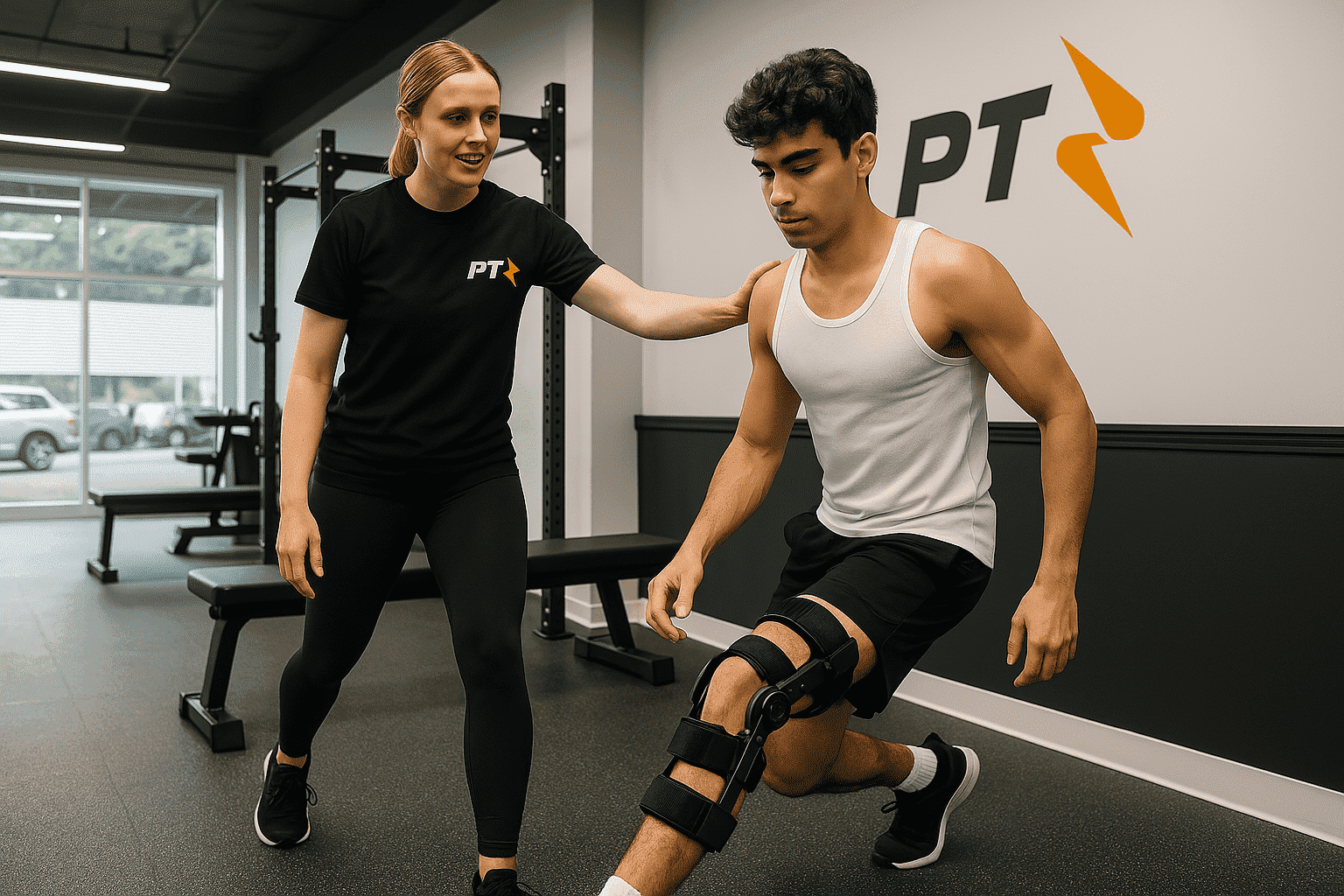
Post-Surgical Rehab is a structured recovery process designed to restore mobility, manage pain, and rebuild strength after surgery, ensuring a safer and faster return to your everyday activities or sports.
-
Physical Therapy for Weightlifters & CrossFit
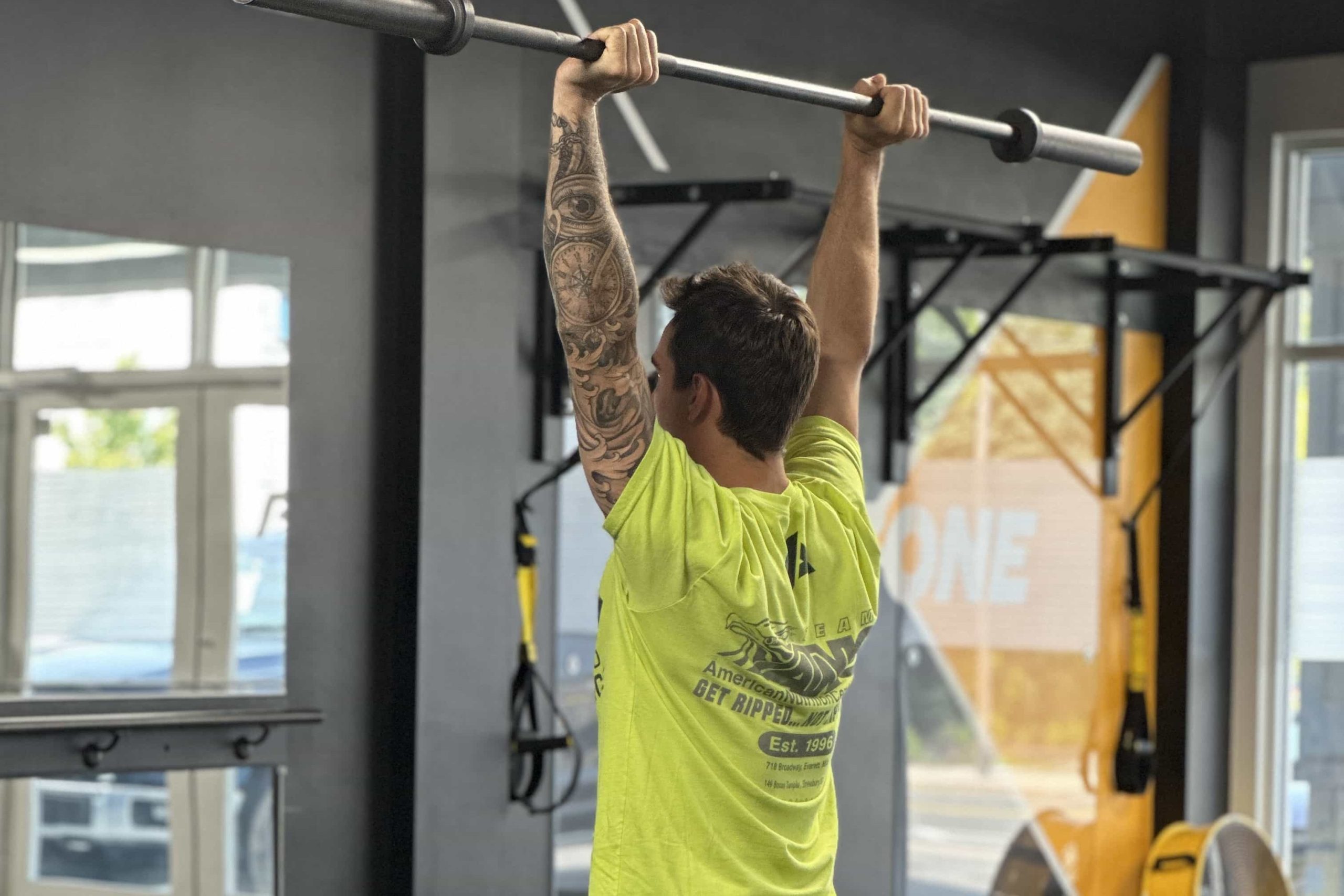
Physical Therapy for Weightlifters & CrossFit focuses on proper lifting mechanics, correcting muscle imbalances, and managing stress on joints to prevent pain, accelerate recovery, and enhance overall strength gains.
-
Physical Therapy For Runners
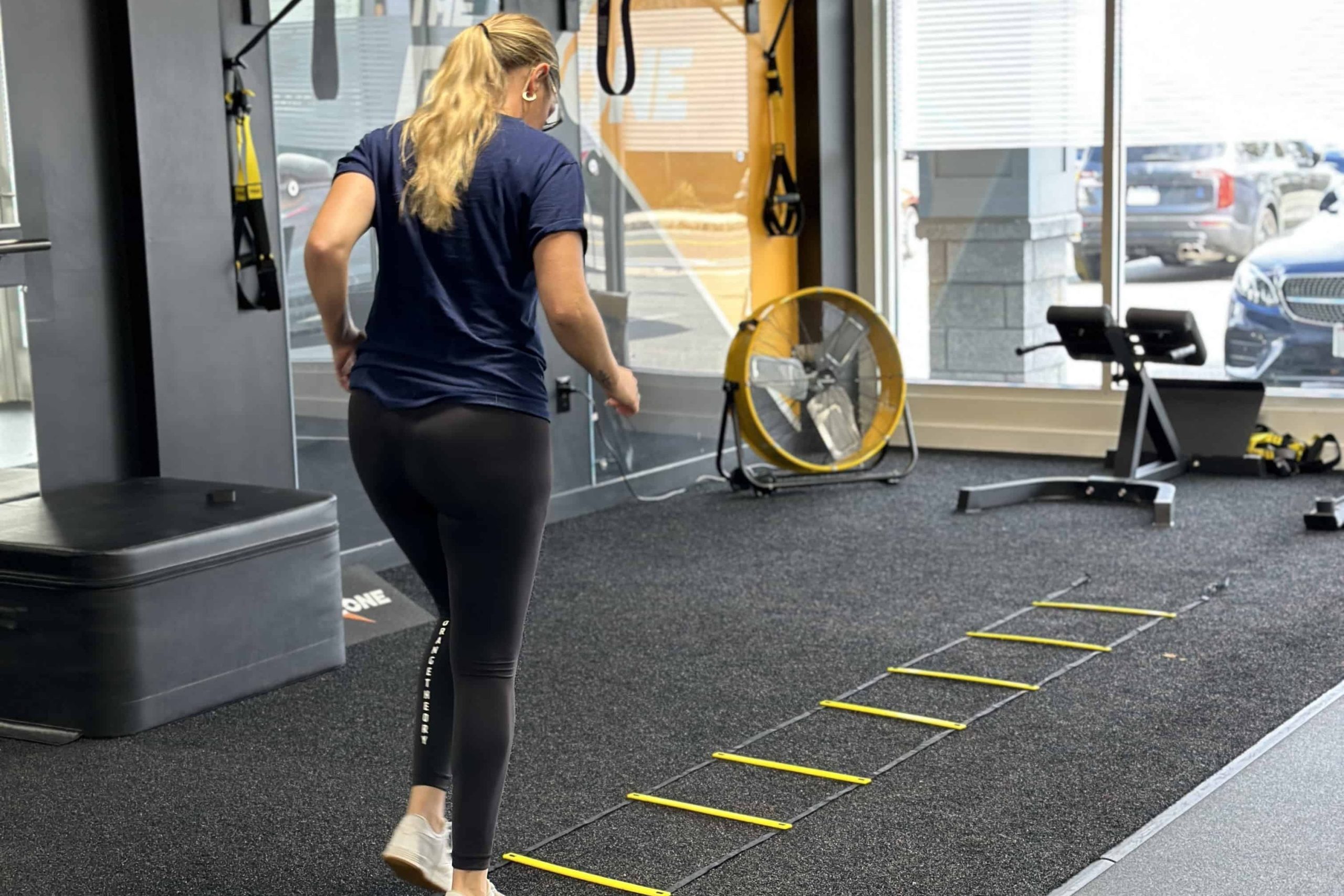
Physical Therapy for Runners focuses on refining running form, addressing muscle imbalances, and enhancing lower-limb stability to prevent injuries and boost performance.
-
Neuromuscular Massage Therapy
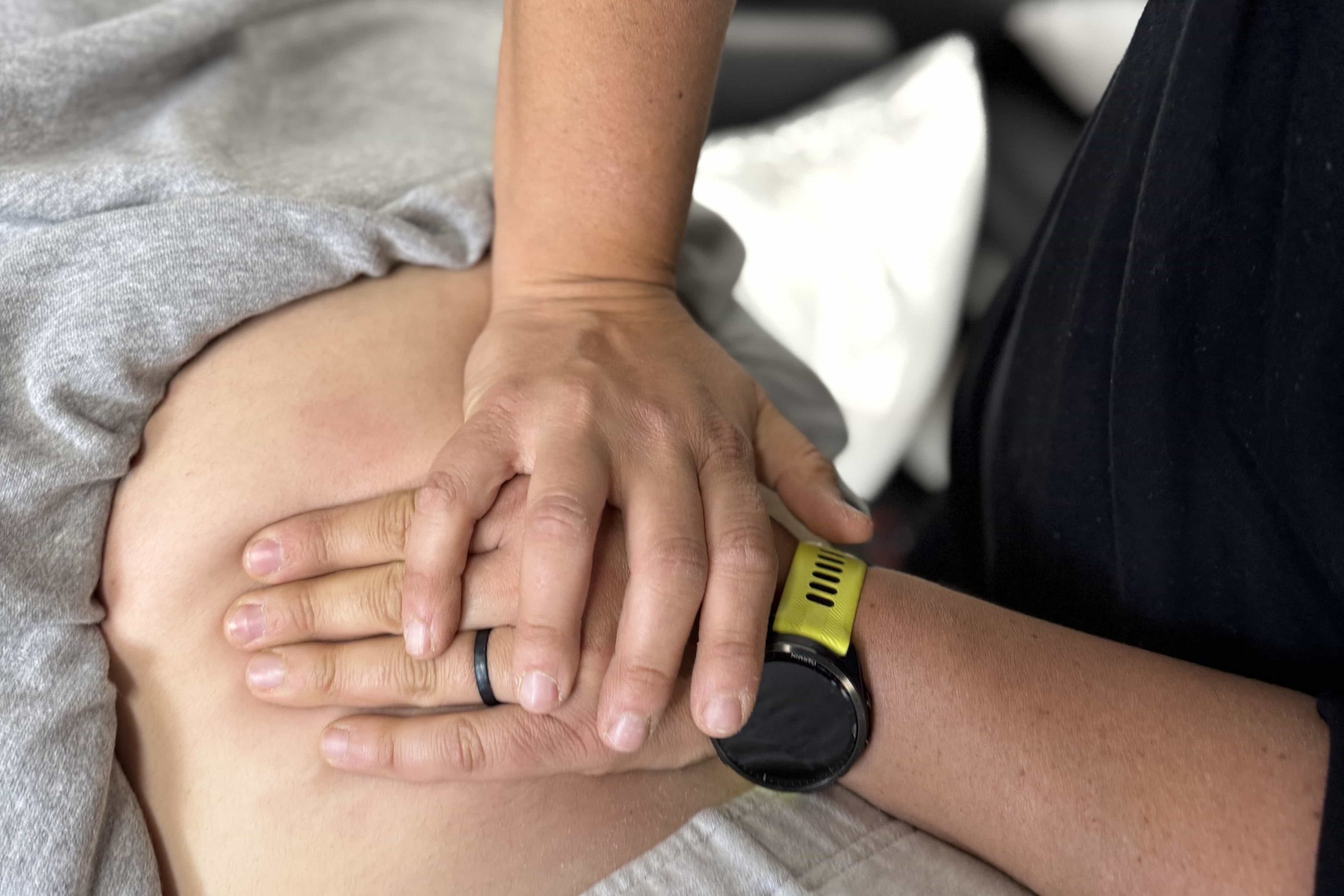
Neuromuscular Massage Therapy (NMT) precisely targets trigger points in muscles and connective tissues, relieving tension, restoring proper function, and promoting long-term pain relief.

The PT Zone is committed to long‑term relief—so you can stand tall and move with ease.
Our evidence‑based program turns canal narrowing into confident living—letting you enjoy walks, errands, and hobbies without constant breaks.
Common Questions from Spinal Stenosis Clients
1. Why does leaning forward relieve my leg pain?
Flexing the spine slightly opens the spaces where nerves exit, decreasing pressure. This “shopping‑cart sign” is classic for lumbar stenosis and guides us toward flexion‑biased exercises and postures that keep nerves comfortable.
2. Do I need an MRI before starting therapy?
Imaging helps confirm canal narrowing, but many clients improve with clinical diagnosis and targeted treatment. We recommend MRI if symptoms worsen rapidly, weakness appears, or surgery is under consideration.
3. How long will it take to see results?
Many clients report longer walking tolerance within 2 weeks once decompression exercises and posture tweaks begin. Lasting improvements in endurance and strength usually develop over 6–8 weeks of consistent therapy.
4. Will I eventually need surgery?
Most people manage stenosis non‑surgically. Surgery is considered if pain or neurological deficits persist after several months of focused rehabilitation or if quality of life remains severely limited.
5. Are epidural injections effective?
Epidural steroids can provide temporary relief by reducing inflammation, giving you a pain‑free window to strengthen and improve mechanics. Benefits vary in duration; we pair injections with therapy for best long‑term outcomes.
6. Can cycling or swimming help?
Yes—both place the spine in slight flexion and unload nerves while maintaining cardiovascular fitness. We often use stationary bike or pool workouts during early rehab before progressing to upright activities.
7. What daily habits keep stenosis symptoms at bay?
Use lumbar support when sitting, take micro‑breaks to flex gently every 20 minutes, keep core and glute routines in your weekly schedule, and progress walking or lifting loads gradually. Early use of your relief exercises at the first hint of leg heaviness prevents full flare‑ups.















